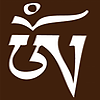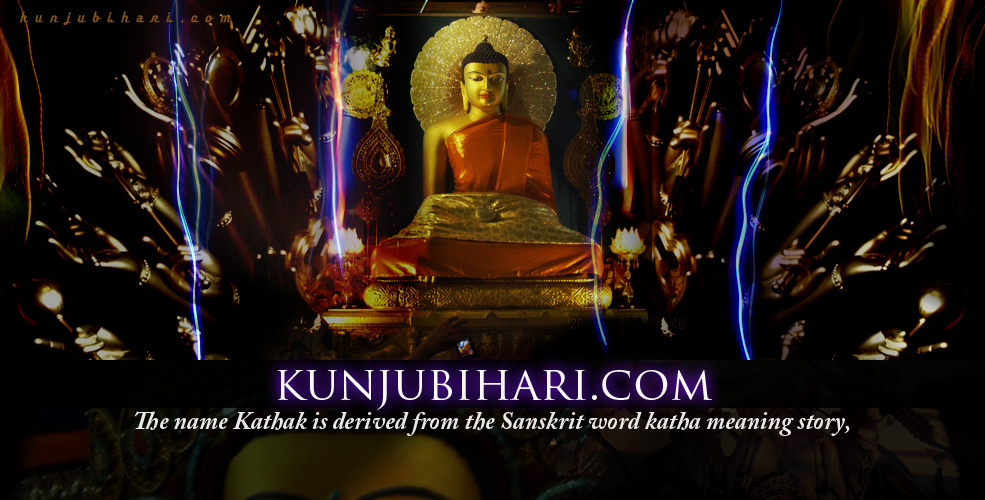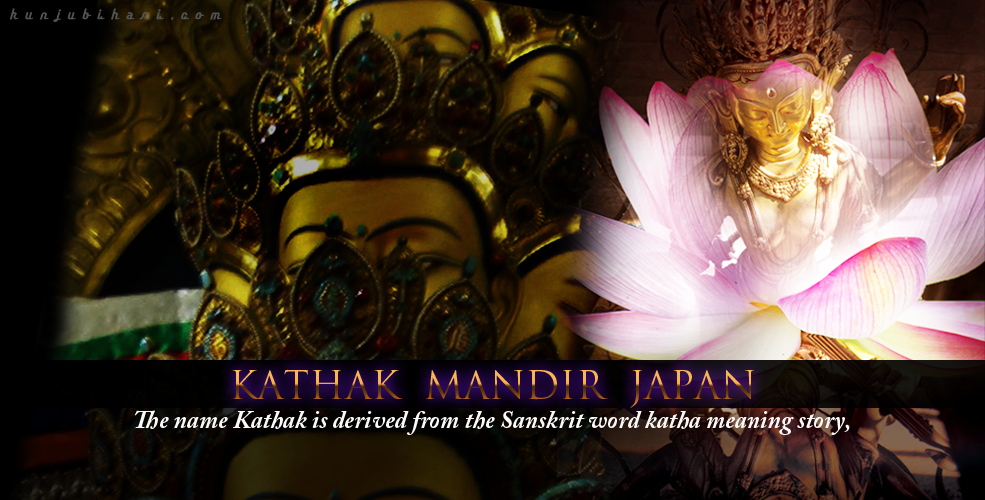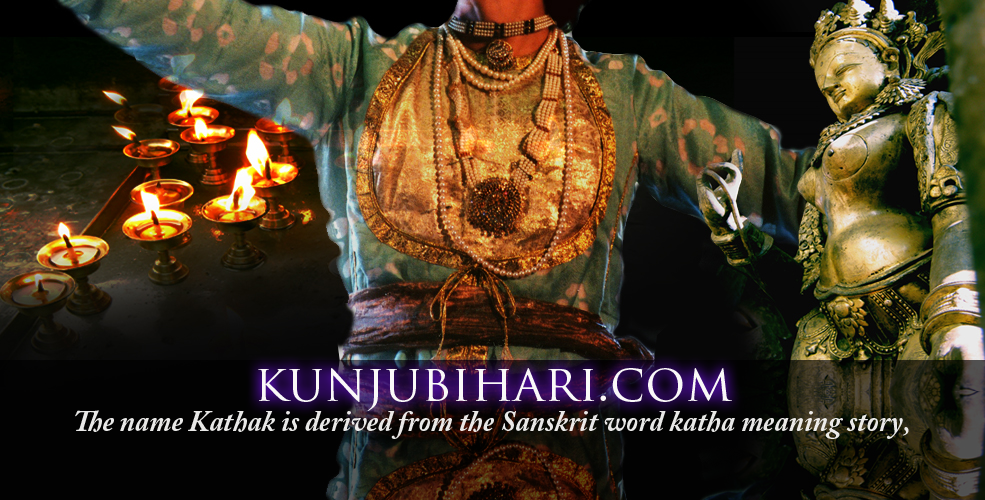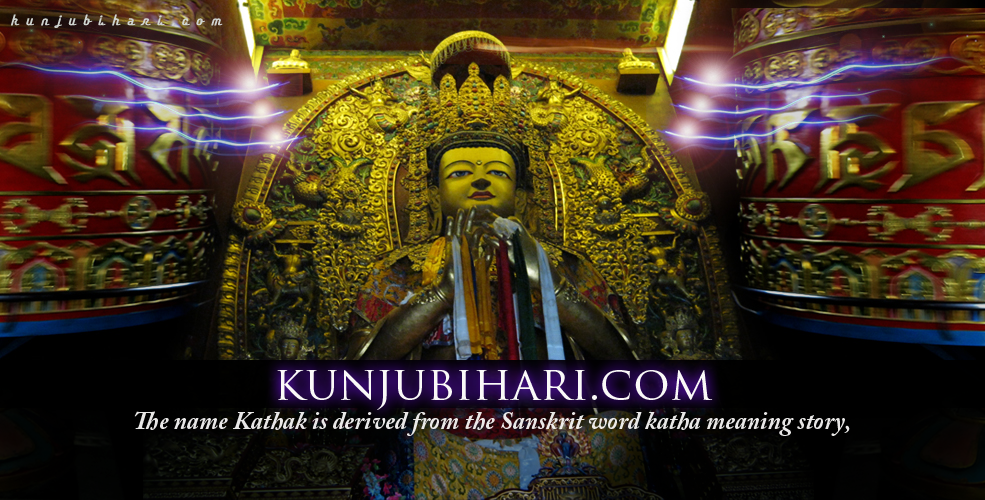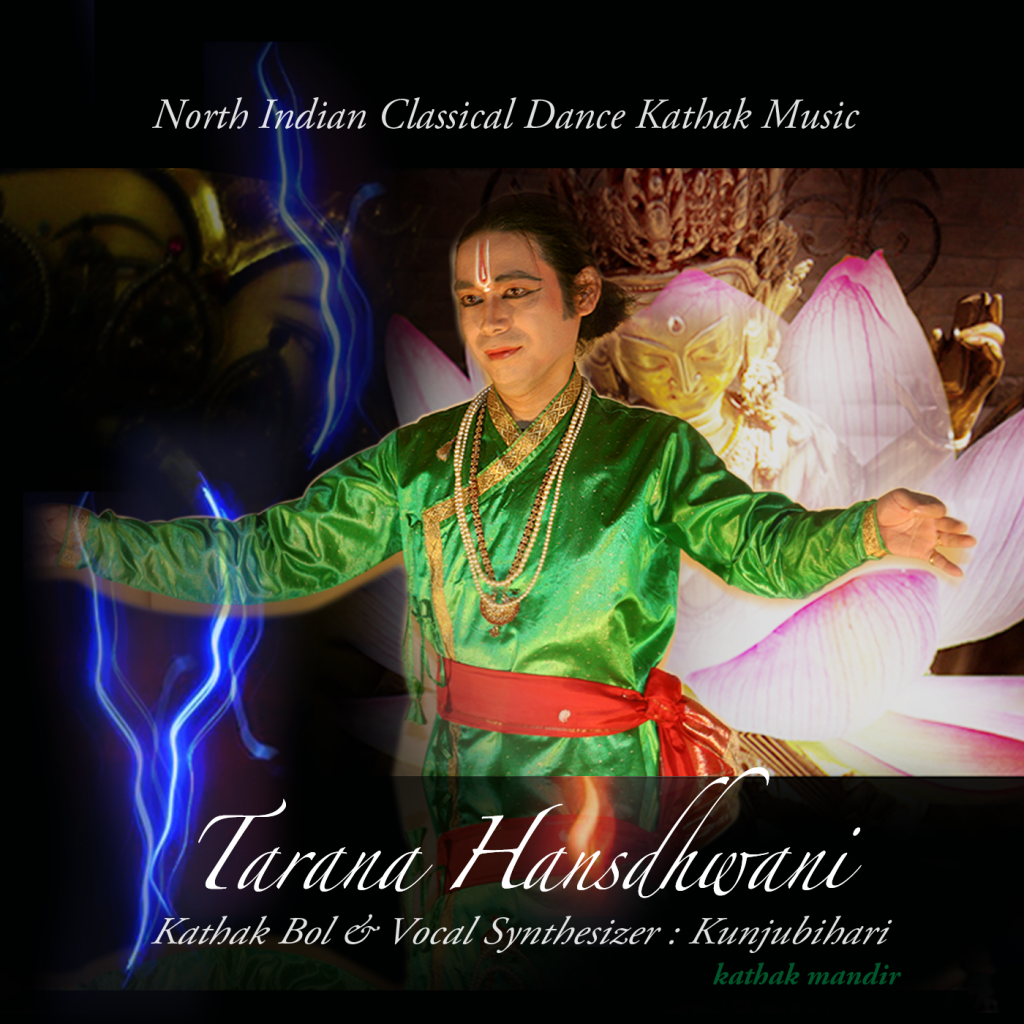
iTunes
https://itunes.apple.com/jp/album/tarana-hansdhwani-single/1449413710
Amazon Mp3
CDBaby
https://store.cdbaby.com/cd/kunjubihari4
Tarana Songは、インドのクラシック音楽とカタックのダンスの
伝統的なスタイルです。
この曲では、日本の有名なボーカルシンセサイザー
『初音ミク』がカタックのダンスボールを歌っています。
この曲ではsolfegio周波数528Hzを使用しました。
この歌は伝統的なカタックスタイルの
リズムと音階によるサワルジャワーブが記録されています。
また、伝統的なカタック風のリズム作曲とボールも含まれています。
Happy New Year 2019!!
May this be a happy and fruitful year.
I will present the original sound source of kathak.
The title is “Tarana Hansdhwani, Ride a Swan “.
That is the sound source of Tarana.
just now I change song title accoding to CDBaby’S Rule.
This time, I am try to use Raga Hansdhwani in Teental.
some body dislike Vocloid Miku’s voice,
The reason is that it makes the listener reminiscent of an animated character,
but She can sing my song very accurately.
It is very nice for kathak bol practice.
I quit using Hatsune Miku’s name, so I changed the artwork.
♥It is Tarana singing by Hatsune Miku of vocal synthesizer.
☆I will upload videos when my students can dance.
Tarana Hansdhwani, Ride a Swan by Kunjubihari
© Copyright – Kunjubihari / Kathak Mandir (193428467996)
Tarana Song is the Traditional style of Indian classical music & kathak dance. Japanese kathak Dancer “kunjubihari” is singing kathak dance bol with famous Japanese vocal synthesizer Sound. solfegio frequency 528Hz was used by this song.
Genre: Classical: Vocal Music
Release Date: 01Jan 2019
https://store.cdbaby.com/cd/kunjubihari4
Tarana Song is the Traditional style of Indian classical music & kathak dance.
Japanese kathak Dancer “kunjubihari” is singing kathak dance bol
with famous Japanese vocal synthesizer Sound.
This song adopted Hermode tuning.
And I used this solfegio frequency for this song.
I tuned 528 Hz to C.
Raga : Hansdhwani
taal : teental
BPM : 108
key : C528Hz
kathak Tukras, Tihai, & savaal aur javaab
This song has a traditional kathak style
Questions and answers by rhythm and scale are recorded.
And, traditional kathak style rhythm composition and bol are also included.
KATHAK
Kathak is the Hindi name for one of the major forms of Indian classical dance.
The origin of Kathak is traditionally attributed to the traveling bards of ancient northern India known as Kathakars or storytellers.
The term Kathak is derived from the Vedic Sanskrit word Katha which means “story”,
and Kathaka which means “the one who tells a story”, or “to do with stories”.
Wandering Kathakars communicated stories from the great epics
and ancient mythology through dance, songs and music in a manner similar to early Greek theatre.
Kathak dancers tell various stories through their hand movements and footwork,
but most importantly through their facial expressions.
Kathak evolved during the Bhakti movement, particularly by incorporating the childhood
and stories of the Hindu god Krishna, as well as independently in the courts of north Indian kingdoms.
Kathak is found in three distinct forms, called “gharanas”,
named after the cities where the Kathak dance tradition evolved
– Jaipur, Banaras and Lucknow.
